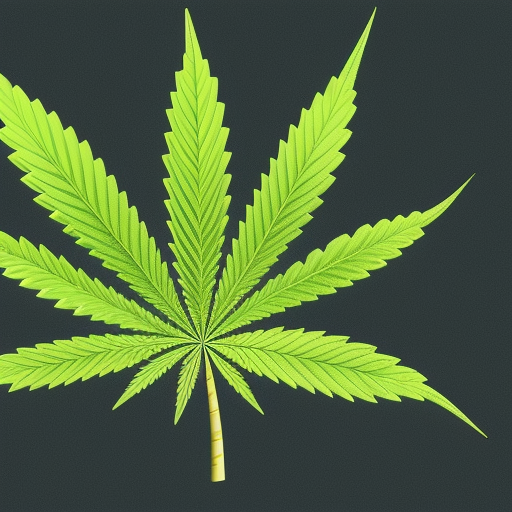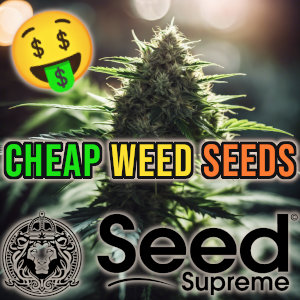
Yo, what’s good, it’s your boy Dan. If you’ve ever made your own edibles before, you know you can’t just grind up some raw weed leaves and toss them in some brownie batter. That’s a recipe for some weak-ass brownies with barely any psychoactive effects. To make some real special brownies, you gotta first heat up that weed low and slow in the oven. That’s what we call decarboxylation.
Now, I know y’all have heard a lot about THC, CBD, and all them other cannabinoids in weed. But did you know that they wouldn’t even work without decarbing? Early cannabinoids got something called carboxylic acid in their chemical structure, making them acidic. And guess what? These cannabinoid acids don’t even bind to CB receptors in the central nervous system. That’s why munching on raw weed leaves won’t get you high.
Decarboxylation is just a fancy way of saying we gotta remove that carbon dioxide from the weed. And that’s where heat comes into play. Decarbing releases those carboxylic acids from the cannabinoid structures, leaving behind potent cannabinoids like THC and CBD that can actually bind to CB receptors and get you feeling right.
So, how do we make this happen? Heat and light are key ingredients for decarbing weed. It happens naturally over time when weed is stored and fermented, but it’s a slow process. If you wanna speed things up, just add some heat from an oven or other source.
Now, when you buy weed from the store, it hasn’t been decarbed yet, so technically it ain’t gonna get you high. But when you smoke joints or hit the bong, that high heat is decarbing the weed right then and there. But if you wanna make some homemade edibles, you gotta plan ahead and decarb that weed yourself.
Just mixing some weed with butter ain’t gonna cut it if you want a real good high. You gotta decarb that weed first in the oven at around 225°F to 250°F for about 40 to 60 minutes. Once it cools down, it’s ready for use in all your cannabis-cooking needs.
Now, let’s talk about the life cycle of a cannabinoid. When you buy weed from the store, it’ll tell you how much THC (and sometimes CBD) is in there. But that THC percentage is only after the weed has gone through many changes.
All cannabinoids start as cannabigerolic acid. As the plant grows and matures, those molecules convert into the acidic forms of all the cannabinoids we know and love like THCA and CBDA.
But before weed is decarbed, it’s non-psychoactive because THC is still THCA. THCA may not get us high, but it does have medical benefits like fighting inflammation. That’s where decarboxylation comes in – it converts THCA to THC which gives us a whole array of effects like reduced nausea and pain, altered mood and sense of time, impaired coordination and memory, and stimulated appetite.
But be careful not to decarb too much or else that THC can convert to cannabinol (CBN), which still has some therapeutic effects but ain’t psychoactive anymore.
CBDA is another cannabinoid that needs decarbing to work its magic. On its own, CBDA does reduce pain and inflammation but doesn’t bind as well to receptors in our body for maximum effects. Decarbing CBDA turns it into CBD which has tons of benefits like reducing pain, anxiety, seizures, and insomnia.
Different strains of weed produce different ratios of these cannabinoids that work together to produce various effects on our bodies.
So there you have it – decarboxylation is key to getting the most out of your weed whether you’re smoking or cooking with it. And now y’all know how to make some real special brownies!


